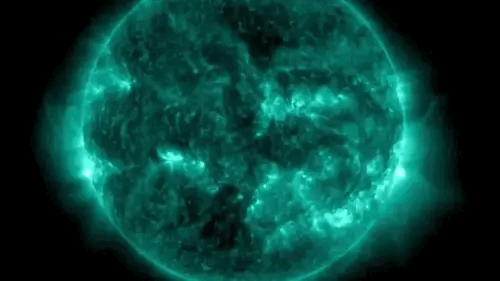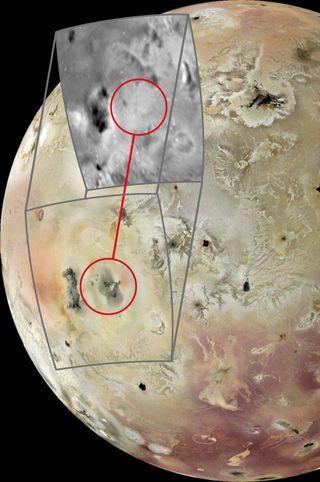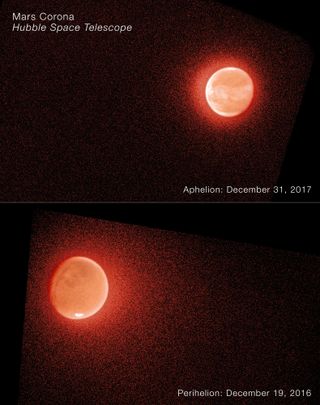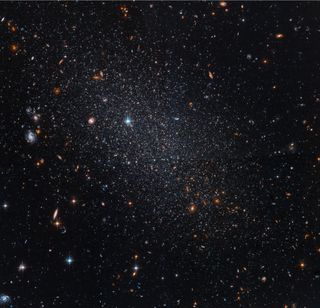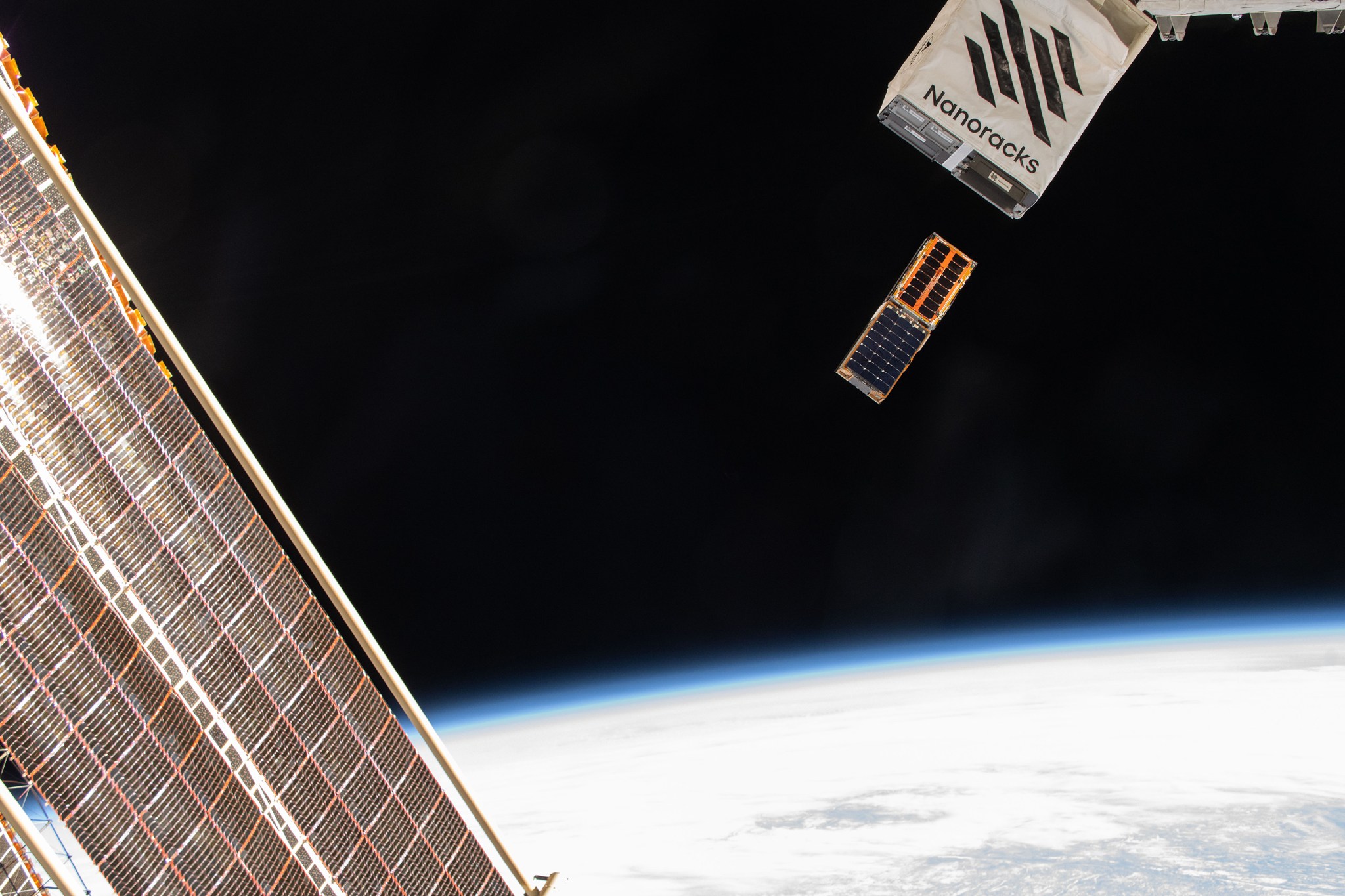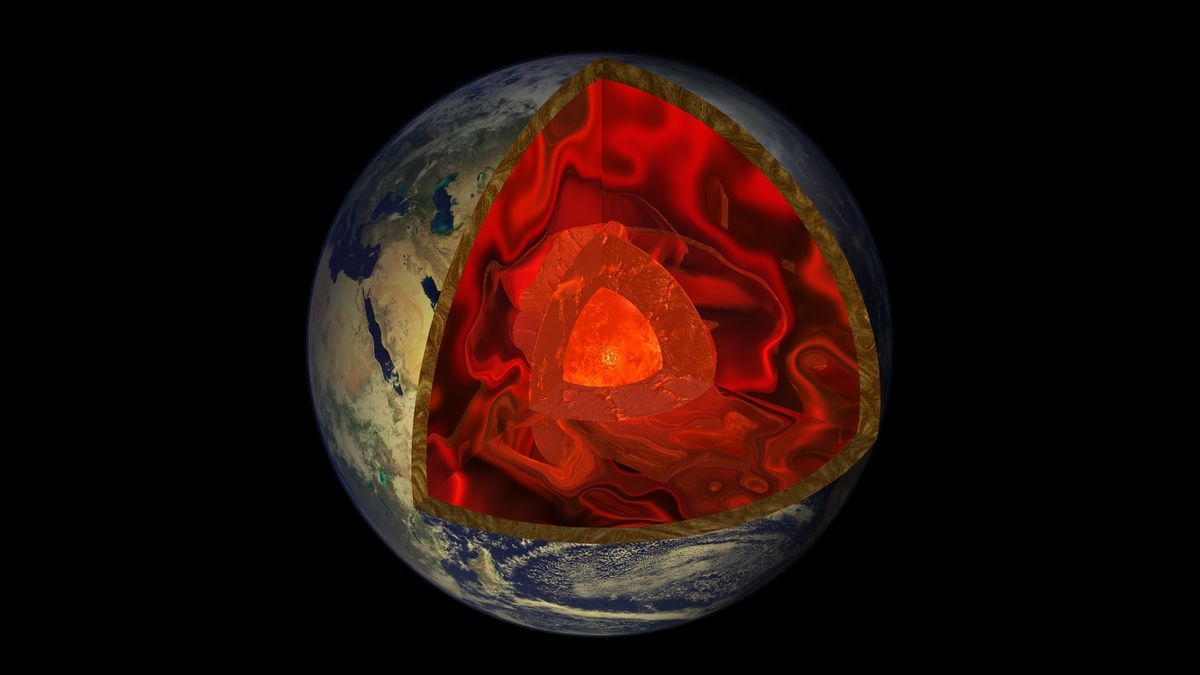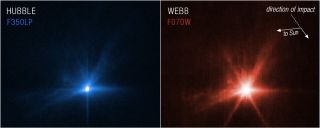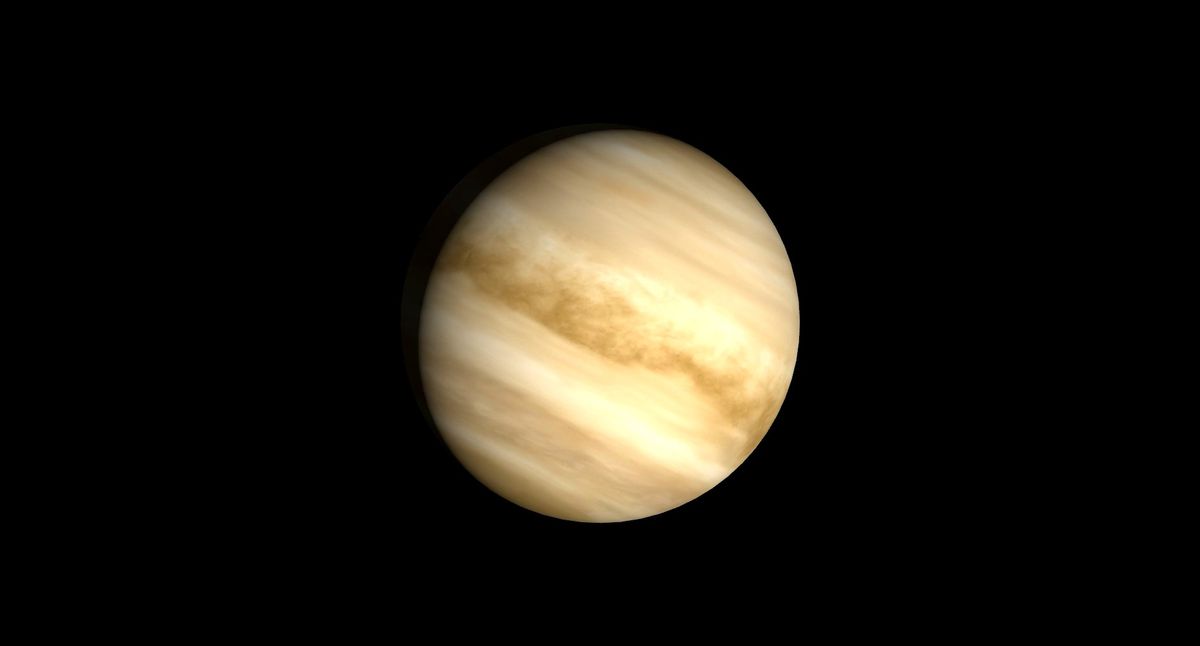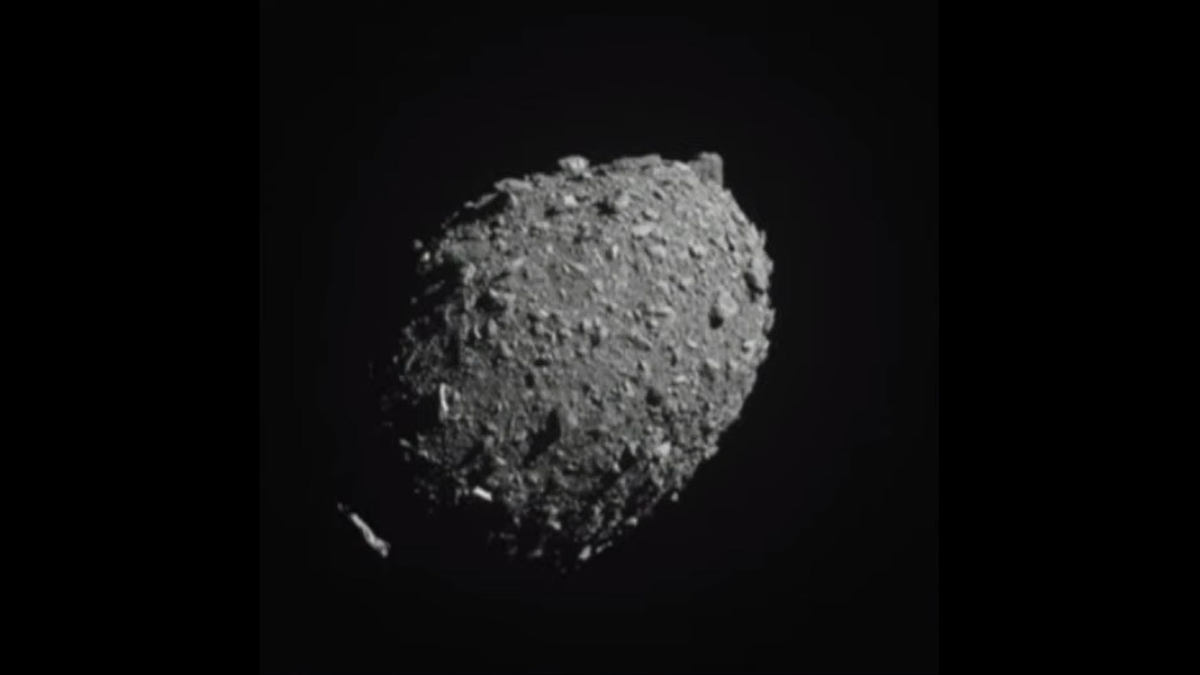A parade of solar activity continues to flow from the sun this week, opening up more chances to spot the aurora across the United States this weekend. On Thursday morning (Sept. 12), a sunspot region that has not been numbered yet made its presence known blasting off a X1.3 class solar flare. X-class solar flares are the most powerful of their kind, and are typically followed by a full or partial loss of high frequency (HF) radio signals for sunlit locations on our planet. The energetic eruption, which peaked at…
Read MoreTag: The Universe
NASA’s Juno probe spots massive new volcano on Jupiter moon Io
Researchers have spotted a huge new active volcano on Jupiter’s moon Io by comparing images taken by two NASA missions more than a quarter of a century apart. The images of the new volcano were taken by NASA’s Juno spacecraft and its JunoCam as it made a flyby of Io — the solar system’s most volcanic body — on Feb. 3 this year. The images were captured on the nightside of Io, illuminated only by reflected sunlight from Jupiter. Comparison with Galileo spacecraft imagery of the same area, just south…
Read MoreMars leaks faster when closer to the sun
Seasonal changes can have a dramatic effect on how quickly Mars loses its water to space, a joint study between the Hubble Space Telescope and NASA’s Mars Atmosphere and Volatile Evolution (MAVEN) mission has shown. Over three billion years ago, Mars was warm and wet, with large bodies of water on its surface and a thicker atmosphere. Today, however, Mars is desolate, cold and dry. So, what happened to all the water? “There’s only two places water can go,” John Clarke of the University of Boston said in a statement.…
Read MoreHubble telescope spies a sparkling ‘cosmic fossil’ 3 million light-years away (image)
The Hubble Space Telescope has uncovered an isolated cosmic fossil, which may offer new insight on galaxy formation. Located about 3 million light-years from Earth, the Tucana Dwarf galaxy sits at the far edge of the Local Group of galaxies, which includes our Milky Way galaxy. This galaxy is home to older stars, leading researchers to believe it may contain traces from the early universe, according to a statement from NASA. “Having such pristine properties enables scientists to use the Tucana Dwarf as a cosmic fossil,” NASA officials said in…
Read MoreScientists make lab-grown black hole jets
An experiment using beams of protons to probe how plasma and magnetic fields interact may have just solved the mystery of how quasars and other active supermassive black holes unleash their relativistic jets. Let’s picture the scene at the heart of a quasar. A supermassive black hole, perhaps hundreds of millions — or even billions — of times the mass of our sun, is ravenously devouring matter that is streaming into its maw from a spiraling, ultra-hot disk. That charged matter is called plasma, and it gets gravitationally drawn into…
Read MoreNASA’s Mini BurstCube Mission Detects Mega Blast
3 min read NASA’s Mini BurstCube Mission Detects Mega Blast The shoebox-sized BurstCube satellite has observed its first gamma-ray burst, the most powerful kind of explosion in the universe, according to a recent analysis of observations collected over the last several months. “We’re excited to collect science data,” said Sean Semper, BurstCube’s lead engineer at NASA’s Goddard Space Flight Center in Greenbelt, Maryland. “It’s an important milestone for the team and for the many early career engineers and scientists that have been part of the mission.” The event, called GRB 240629A, occurred…
Read MoreWeird mystery waves that baffle scientists may be ‘everywhere’ inside Earth’s mantle
Mysterious zones in the deep mantle where earthquake waves slow to a crawl may actually be everywhere, new research finds. Scientists already knew that ultra-low velocity zones (ULVZs), hover near hotspots — regions of the mantle where hot rock moves upward, forming volcanic island chains such as Hawaii. But mysterious earthquake waves suggest that these features might be widespread. ULVZs, which are located in the lower mantle near the core-mantle boundary, can slow seismic waves by up to 50%. That’s remarkable, said Michael Thorne, a geologist and geophysicist at the University of Utah.…
Read MoreNo, NASA’s DART asteroid impact probably won’t spark meteor showers on Earth — but maybe on Mars
Debris from the impact of NASA’s DART spacecraft with the asteroid Dimorphos could reach Earth and Mars, astronomers have concluded. However, while the debris could result in meteors on Mars, it is rather unlikely we’ll see a meteor shower on Earth. DART, the Double Asteroid Redirection Test, slammed into Dimorphos on Sept. 26, 2022, with the intention of testing whether a kinetic impact could nudge the orbit of a potentially hazardous asteroid away from Earth one day. The test passed with flying colors: Dimorphos was pushed into a shorter orbit…
Read MoreScientists find surprising clue about Venus’ past in its atmosphere
Scientists have observed something unexpected in Venus’ atmosphere — an increase in the level of deuterium relative to hydrogen. Okay, sure, that doesn’t sound like the most exciting statement. However, the consequences of this discovery could actually upend our current understanding of the amber world. As it turns out, it would affect our assumption that Venus is a perpetually barren, inhospitable planet. Here’s how. “Venus is often called Earth’s twin due to its similar size,” said Hiroki Karyu, a researcher at Tohoku University and one of the study’s scientists, in…
Read MoreNASA’s DART asteroid crash really messed up its space rock target
Rogue asteroids, to put it simply, pose a threat to Earth. Though there hasn’t been a cataclysmic event in about 65 million years, that’s not to say there haven’t been nail-biting moments during space rock flybys — in 2013, for instance, the Chelyabinsk asteroid slammed into Earth’s atmosphere “blazing like a second sun” and sending shockwaves through the surrounding area. Space agencies around the world understandably want to be prepared. To this end, NASA launched the Double Asteroid Redirection Test (DART) spacecraft in 2022, its first mission dedicated to demonstrating…
Read More